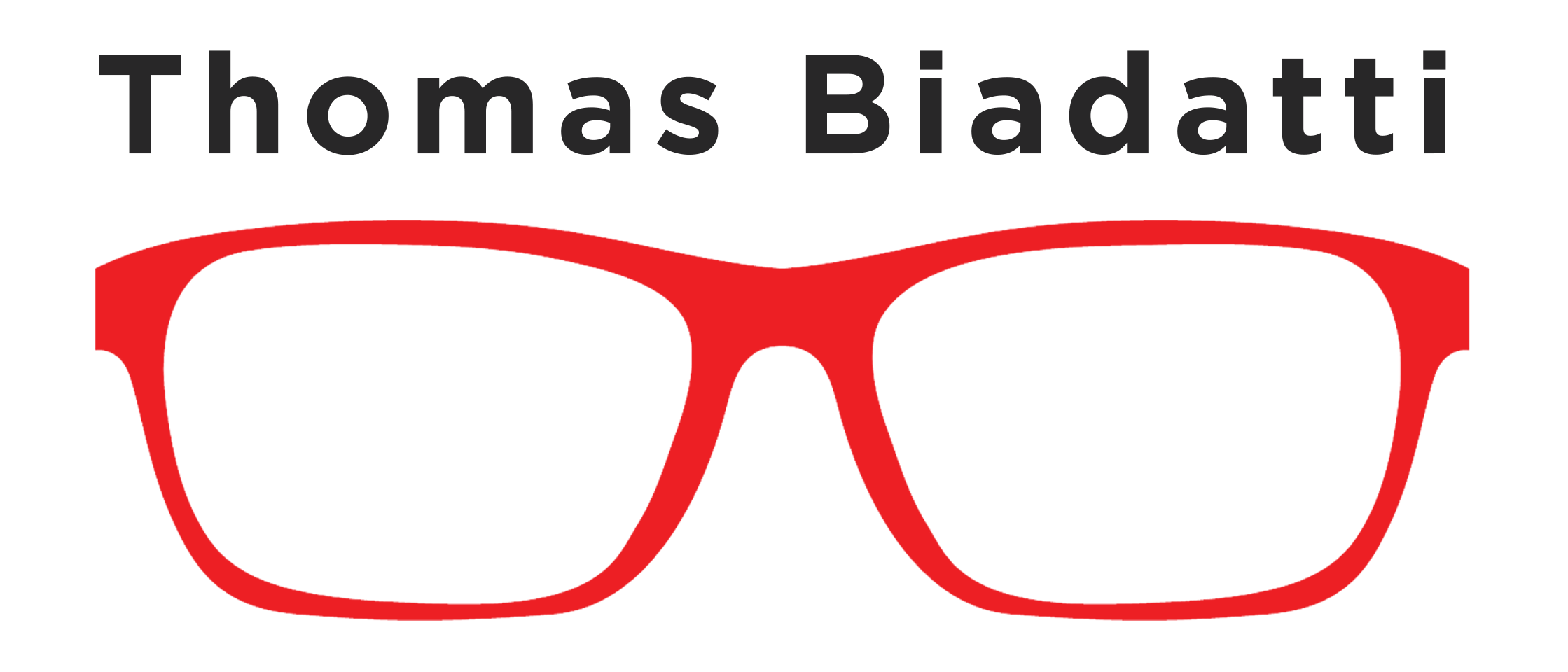How to Use the Arpeggiator in Logic Pro
After tackling the drums, bass and pads for a synthwave song, it’s time to talk a bit about arpeggios. Let’s explore what arpeggios are and how you can produce them effectively.
I. Introduction and Understanding Arpeggios
Arpeggios are essential in music production, adding depth and complexity to compositions. An arpeggio involves playing the notes of a chord one at a time in sequence rather than simultaneously. This differs from regular chords, which are played all at once, and melodies, which are single-note sequences.
Using arpeggios can create movement, tension, and interest in your music.
By breaking down chords into individual notes, arpeggios create a flowing and engaging sound.
Arpeggios are used in various music styles. In synthwave, they often evoke a nostalgic and driving feel. Think about the Opening Theme from "Stranger Things" for example.
Logic Pro X offers a MIDI tool called the arpeggiator, which helps you create arpeggios easily. This tool can transform simple chords into dynamic patterns, making it an invaluable resource for any music producer, especially in the synthwave genre.
II. What is an Arpeggiator
Simply put, an arpeggiator is a MIDI tool that automates the creation of arpeggios. It takes a chord and generates arpeggios based on specific patterns and settings.
Most DAWs include a MIDI arpeggiator with basic parameters, and Logic Pro’s arpeggiator offers the following:
– Rate : Defines the speed of your arpeggios, usually synced to your song BPM..
– Note order : Determines the sequence of notes (e.g., low to high, high to low, back and forth, random, as played).
– Octave range : Specifies the number of octaves the arpeggiator will cover before restarting the sequence.
– Variations : Offers different pattern variations.
MIDI arpeggiators can include more advanced features such as a more complete pattern sequencing (accents, chords, …) and other options such as the possibility to export the arpeggios directly on the timeline for further editing.
III. How to Use the Arpeggiator in Logic Pro
1. Accessing the Arpeggiator : Open Logic Pro X and create a new software instrument track. Select the instrument you want to use. In the MIDI FX slot, choose "Arpeggiator."
2. Activating the Arpeggiator : Click the power button to turn on the arpeggiator (it should be on by default). Play a chord on your MIDI controller to hear the arpeggiator in action.
3. Adjusting Settings : Explore various settings such as rate (speed of the arpeggio), direction (up, down, up/down, etc.), octave range, and note order. These parameters help shape the sound of your arpeggio.
4. Inputting Chords : Play different chords and experiment with the arpeggiator settings. Try different patterns and combinations to create unique arpeggio sequences.
IV. Tips and Techniques for Using an Arpeggiator
Combine with MIDI Effects: Use the arpeggiator with other MIDI effects or automation to add variation and complexity.
Adjust Settings for Different Moods: Change the arpeggiator settings to create different styles, from subtle and melodic to fast-paced and rhythmic.
Learn from Examples: Study songs or artists that effectively use arpeggios to understand how to apply them in your music.
V. Conclusion
Arpeggios can enhance your music compositions by adding depth and complexity. The arpeggiator feature in Logic Pro X allows for effortless and creative arpeggio generation. Experiment with the arpeggiator to discover its potential and elevate your music production !
A thing I like to do and suggest you try is to export the arpeggiated chords in the timeline and edit them further so you can change the sequence depending on the part of your song.
You can watch the whole video tutorial on this YouTube playlist or keep reading the next blog article to learn how you can create melodies and continue your synthwave song !
Hear the final result in my song « Rewind » here.
Find more about She Died in a Parking Lot here or on Youtube
